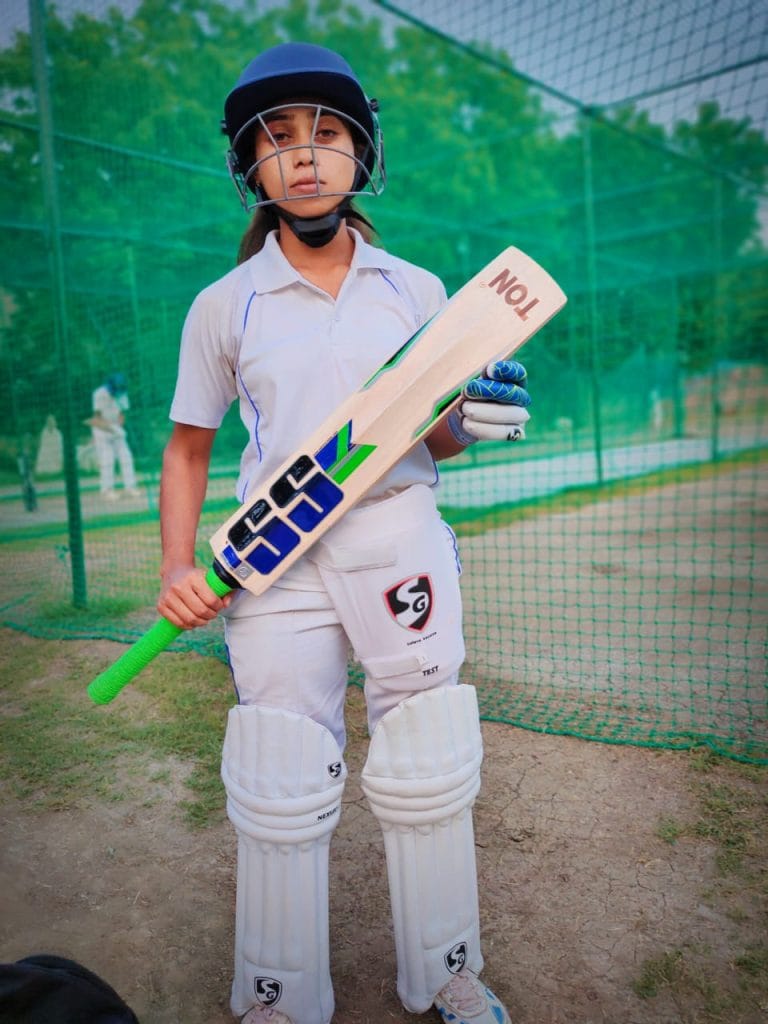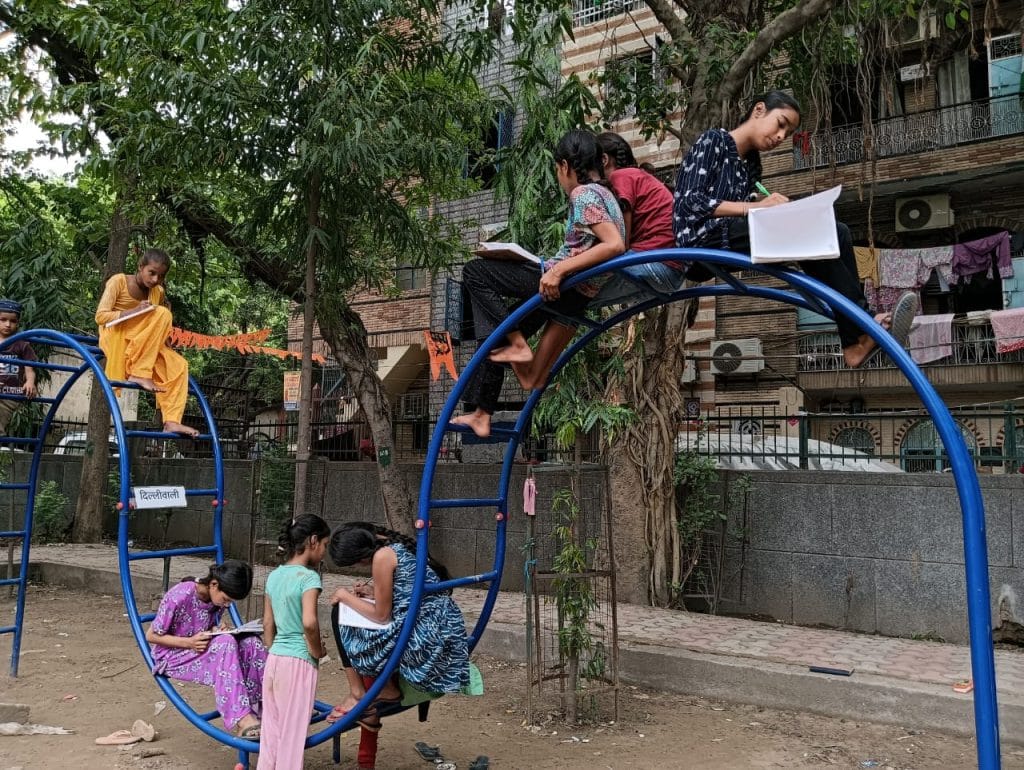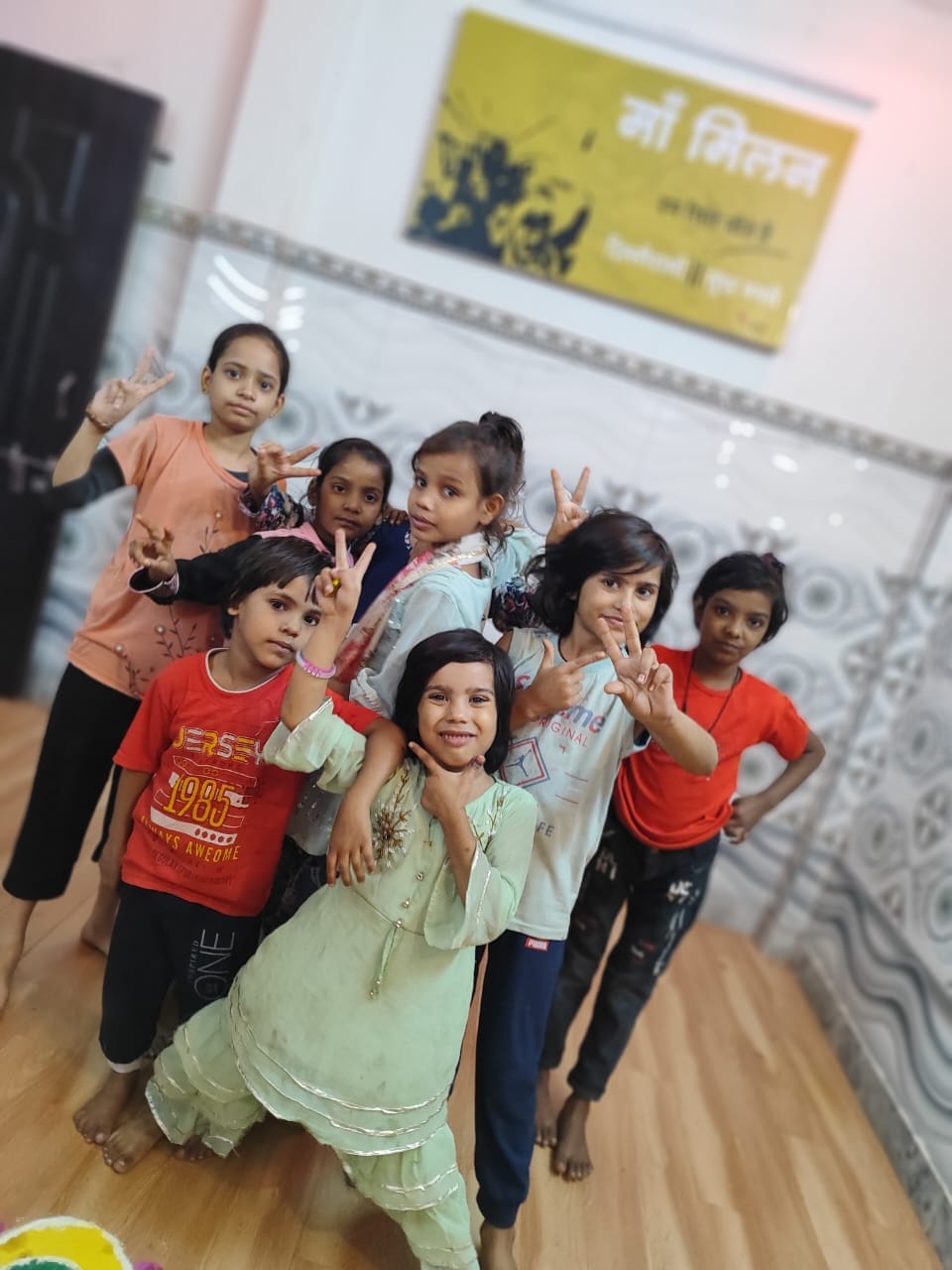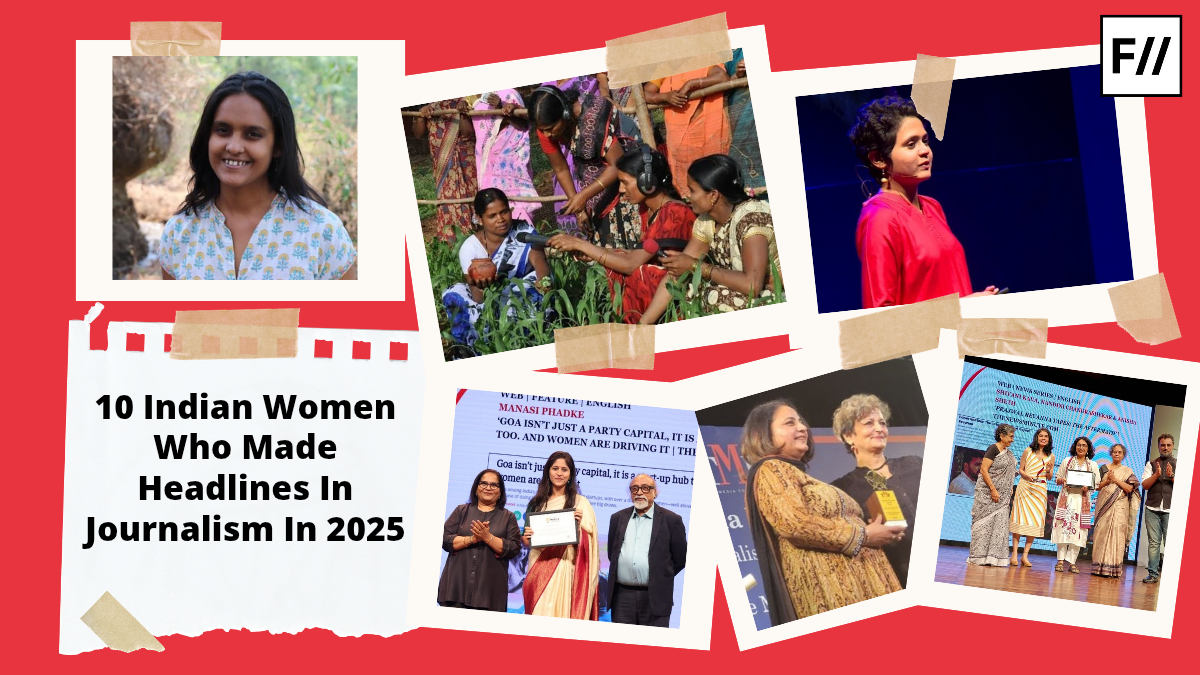I have worked in the urban poor pockets of Delhi and Jaipur for more than four years. But very recently, I met a young girl, Rubia, from the Sunder Nursery area in Delhi. She instilled hope and reinstated the need for mainstreaming socio-emotional learning for children, particularly children belonging to underprivileged communities.
Born in a waster-picker family, Rubia’s father and brother work as contractual waste-pickers with the Municipal Corporation of Delhi, while her mother works as a domestic worker. Her story, like that of many others in her community, began amidst the towering heaps of waste that line the outskirts of the city.
The conditions at home forced her to drop out of Kamla Nehru School after Class VIII. However, she doesn’t regret leaving school as she was often drawn towards sports, particularly cricket, the economy at home was always a hindrance to her dream to pursue unconventional work.
One day, a non-profit working with waste-picking communities, visited Rubia’s neighborhood. They noticed Rubia’s interest in cricket and willingness to break away from the social stereotype built around the community.
Rubia wanted to play cricket not just as a pastime but professionally. Moved by her quiet determination, the non-profit managed to arrange her coaching fees, and for the first time in her life, in July 2022, Rubia started her journey at JMC Cricket Academy under the guidance of Coach Sunil Kumar. She plays club games and eyes to represent Delhi soon at the state-level games.
Rubia said that one of her journey’s most memorable days came when she got to meet Suresh Raina, the former Indian cricketer. Raina’s presence at the academy electrified the youngsters, but for Rubia, the meeting held a deeper significance.

“I see the fire in you,” Raina told her. “Keep pushing yourself, and never lose sight of why you started. The game doesn’t care where you come from; it’s about how much you’re willing to give,” for Rubia, these were the golden words that boosted her confidence.
Mainstreaming Socio-Emotional Learning
Socio-emotional learning (SEL) plays a crucial role in shaping the lives of children, particularly those from vulnerable and marginalized backgrounds such as waste-picking communities, climate-displaced families, and economically disadvantaged societies. Children like Rubia often face intersectional challenges – unstable living conditions, social stigma, emotional trauma, and limited access to educational and sports opportunities. They are often exposed to health hazards, social exclusion, and a lack of dignity. It leads to feelings of anxiety, hopelessness, and low self-esteem among children.
Socio-emotional learning encourages self-awareness, helping them recognize and name their feelings, and self-regulation, enabling them to manage their emotional responses constructively.
Had Rubia not got in touch with the nonprofit samaritans and reached a cricket club, her story could been a story of millions of children whose childhoods are shaped by the cycles of poverty, sub-standard living conditions, trauma and lack of opportunities. Hence, it is very crucial that our education systems especially in the urban poor and rural pockets focus on socio-emotional learning.
The globally acclaimed book, Promoting Social and Emotional Learning: Guidelines for Educators (1997) developed by Collaborative for Academic, Social, and Emotional Learning (CASEL) makes a case for the integration of sports through athletic coaching and creating a new area of educational research and practice. “Emotions are the gatekeeper of motivation, attention, and cognition directly impacting well-being, performance, and long-term success in all fields,” the book notes.
“These (waste-picking) children are deeply affected by poverty and the living conditions. You want them to go to school, but these are cases of lost childhoods. We try to provide access to safe spaces where they can share personal experiences, talk about their lives, and have access to education, books and sports. At our learning centres, we offer an array of options to these children – from dance therapy to climate youth clubs and training on child sexual abuse. Our approach of socio-emotional learning focuses on building social and emotional intelligence,” said Shruti, Manager of Knowledge and Outreach at Chintan Environmental Research and Advocacy Group. Chintan, in India, is one of the few organisations that works on the socio-emotional learning of waste-picking children.
The book titled, Ek Sheher, Ek Pahad, Ek Mohalla, published by Ankur Society for Alternatives in Education, another organisation that focuses on socio-emotional learning, is one of its kind that provides a glimpse of the diverse lives of children, and adults of the working class in Mayur Vihar area. The book captures the daily lives, desires, and aspirations of children in waste picking.
Breaking Gender Norms
If one sees in the generalised societal context, Rubia, started playing at an age where most girls in India experience a noticeable shift in their engagement with sports and outdoor activities, while boys continue to dominate parks, fields and community spaces. Only in their very early years, girls are often seen playing alongside boys—running, climbing, and engaging in active games. But as they approach adolescence, the landscape changes.
A 2016 study by the Centre for the Study of Social Exclusion and Inclusive Policy (CSSEIP) at the Tata Institute of Social Sciences (TISS) found that by the age of 12 or 13, many girls in India report a sharp decline in opportunities and encouragement to participate in sports or outdoor play. This transition is marked by a growing emphasis on household responsibilities, academic pressures, and the need to conform to social expectations around modesty and decorum.
Adolescent girls in the urban-poor pockets of Delhi particularly Trilokpuri have shared with me that they miss playing in the streets or community spaces of the localities. As they approached adolescence, they were only allowed to play indoor games or help their mothers with the household chores. Something exactly what notable feminist scholar Kamla Bhasin noted in her talks on gender dynamics, “From a young age, girls are told to help with housework, stay indoors, and behave in a certain defined manner.”

Shivani, a young girl living in the suburbs of Delhi told me recently, “I was as young as 5 years old when I was playing with a boy from my neighbourhood. My father beat me to the point that he broke my arm for playing with a boy. He got angry at my mother that the values of modesty and that of a good girl need to be instilled in the girls from a very young age. It was the last day that I ever played with the boys.”
The restriction of girls’ physical freedom as they grow up is tied to the notion of “respectability”. In her book Seeing Like A Feminist, academician Nivedita Menon has argued that girls are often socialized into adhering to norms that view athleticism, outdoor play, or even the mere act of being visible in public spaces as inappropriate once they reach adolescence. This reinforces the idea that women’s bodies should remain concealed and controlled. Many parents pull their daughters out of sports fearing for their safety.
On the other hand, Rubia practices in nets with fellow male cricketers. She dresses like any other cricketer and her physical activities match that of any male cricketer. While a lot of credit goes to her supportive family, it also builds a strong case study for building a holistic environment for the socio-emotional learning of children.
About the author(s)
Mahima Bansal writes on the intersections of climate and child rights. She works as the Director at Palakiya Foundation.




